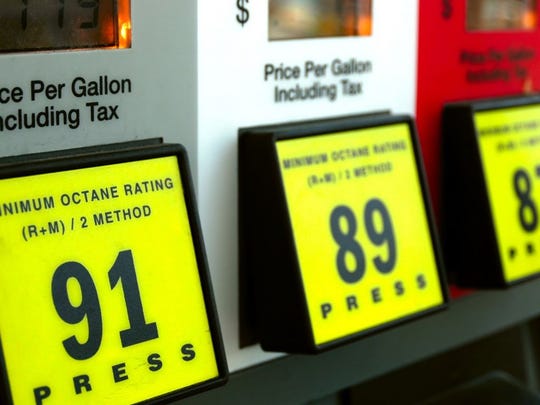The events over the weekend in Saudi Arabia are causing concerns throughout the nation. The oil installations attacked resulted in the removal of six percent of daily world consumption, which will have an impact on motorists and consumers in the United States as early as today. The attack on Saudi Aramco’s Abqaiq plant in Buqyaq and the Khurais oil field is the biggest disruption to Saudi Arabia’s oil industry since the early 1990’s. The pain consumers may feel center around how long it takes normal output from the world’s second-largest oil producer to return.
Patrick DeHaan, head of petroleum analysis with GasBuddy, told CBS MoneyWatch that consumers should expect prices at the pump to rise between 15 cents and 30 cents for a gallon of regular gas starting as early as Tuesday. According to AAA, the average price for a gallon of gas in the United States was $2.564 on Monday, which was 28 cents lower than a year ago. The falling demand of gasoline had sent gas prices lower after Labor Day, so experts believe that consumers should be able to bear a short-term price increase more easily. However, higher fuel prices for a longer period could have a lasting negative influence on the economy. According to Ed Yardeni, President of Yardeni Research, “Oil price spikes due to geopolitical crises in the past have had a depressing impact on U.S. Consumers when they filled up their tanks, it costs them a few more bucks when they fill up, and so consumers hunker down and cut spending in other areas. That hurts the economy.”
The ripple effect of the attacks has already affected the airline industry when the markets opened on Monday. Shares of Delta, JetBlue Airways and United Airlines all fell at least 3%, while American Airlines shares dropped 6.5%. Depending on how long the recovery process takes, the effect could be far-reaching and impact other fuel- dependent industries such as cruise ships, trucking, railroads and retailers.
Despite the increase in oil prices due to the attacks on Saudi Arabia, it is important to note that prices are a long way from hitting record numbers as they did in 2008 when the price of oil was $145.93 per barrel. Domestically, the United States is the top energy producer in the world and President Trump has already authorized the release of barrels from our Strategic Petroleum Reserve to keep the markets well supplied to prevent disruption to the world economy.
Earlier today, Reuters reported that, according to sources, Saudi Arabia is close to restoring 70% of the 5.7 million barrels per day of lost capacity. It expects production to be fully restored in two to three weeks. This has caused WTI prices to sell off today with the October contract currently lower by $2.92 to $59.98/barrel at writing. We will have to see if this restoration to full production actually happens and if the United States and Saudi Arabia escalate any tensions to determine price direction. One thing is for sure, we’re in a state of heightened volatility.
https://www.usatoday.com/story/money/2019/05/23/memorial-day-summer-gas-prices-travel/3768926002/




